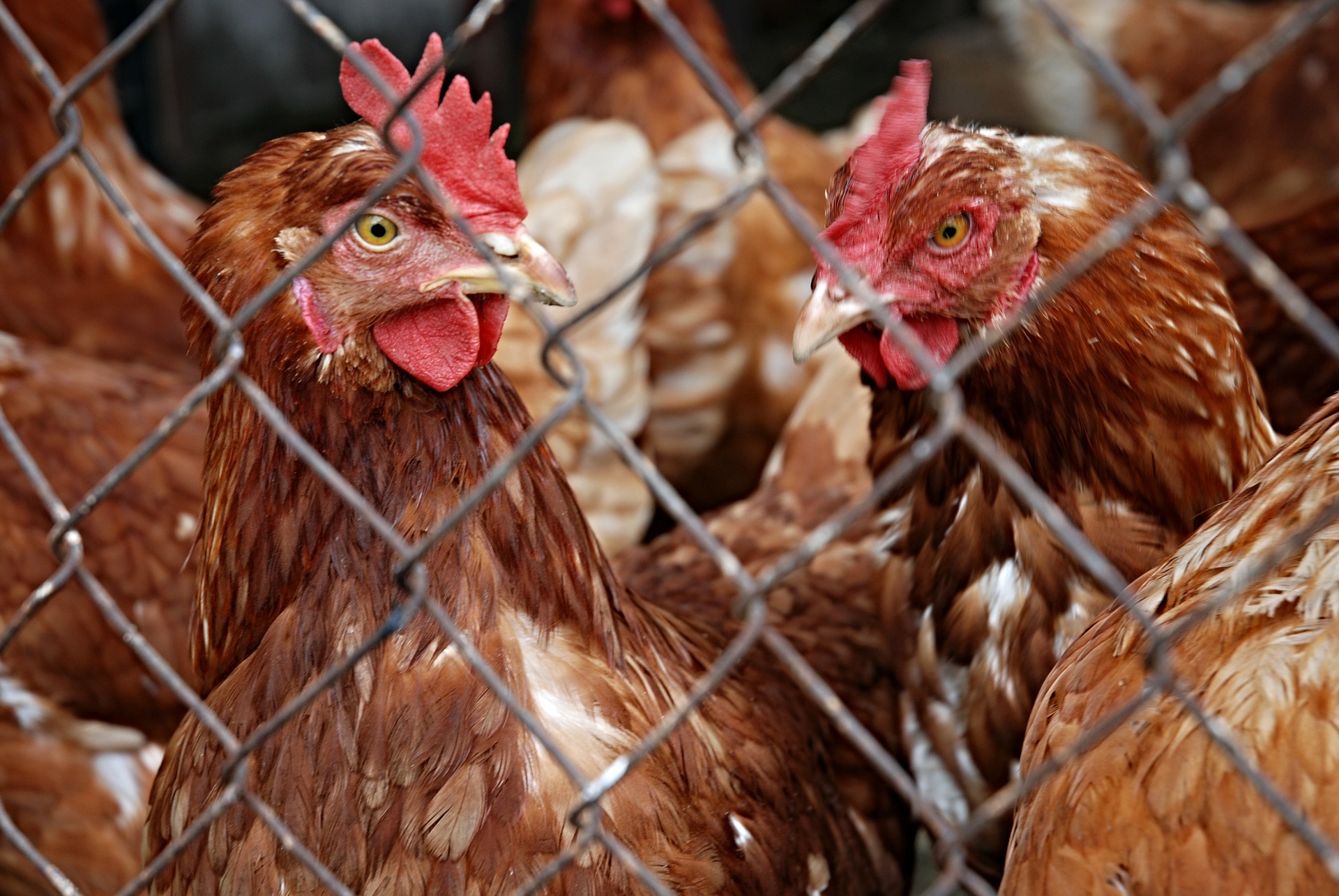
Egg production in California has declined significantly as a result of Proposition 2, which was implemented in January, 2015 with the goal of revamping the living facilities of egg-producing hens. From May, 2014 to May, 2015, California egg production dropped by 16% as compared to the same time period in the previous year. California housed more than 16.8 million egg-laying hens in April 2014, but according to the USDA, that number dropped to 13.2 million in April, 2015. (Supporters of the legislation argue however that egg production decreased even before Proposition 2 went into effect).
Proposition 2, passed in 2008, requires egg-laying hens to be raised in spaces large enough for them to stand, lie down, extend their wings and turn around. According to the legislation, each egg-laying hen must have 116 square inches in a cage. Two years later, AB 1437 was passed to extend Proposition 2 requirements to all whole eggs sold in California. Decreased egg production has caused prices to rise above $3 per egg carton for larger eggs.
At the time the legislation was passed, most houses for egg-laying hens were too small to meet these requirements and contained about five to ten birds per cage. But new size restrictions have simply led many egg producers to decrease the number of hens they are raising for egg production rather than undertake the significant costs of overhauling their facilities.
According to the Humane Society of the United States, Proposition 2 in California has stirred a broader movement to enhance housing conditions for hens in other areas. States such as Oregon and Washington are starting to eliminate smaller sized cages. In addition, large food suppliers, including Burger King and Starbucks, have instituted policies to use only cage-free hens in their food production.
Contact Shane Coons at 949-333-0900 or visit his website at www.ShaneCoonsLaw.com to find out more about his practice.
